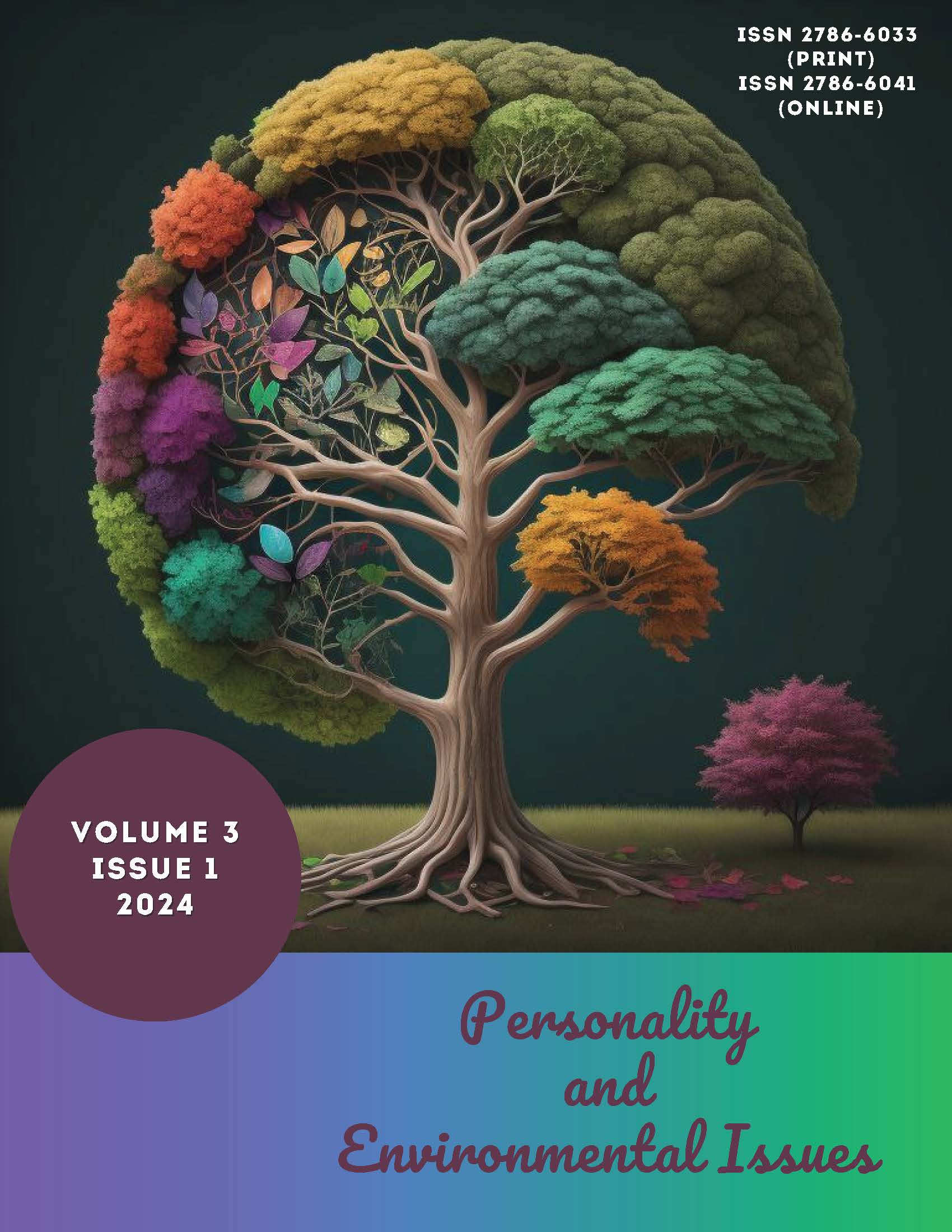Abstract
The article emphasizes the need to develop the imagination of younger schoolchildren as an important factor in the formation of their creative personality. It is emphasized that primary school age is a sensitive period for the development of imagination, and therefore the task of a modern primary school is to use a period favorable for the development of this mental function.
The article presents a theoretical justification and an empirical study of gender differences in the development of the imagination of younger schoolchildren. It is noted that the problem of gender differences in the creative potential of an individual does not have an unambiguous solution. The views of scientists regarding gender differences in creativity differ. Some deny the differences between men and women, others show the superiority of people of different sexes according to different criteria of creativity, and some find, according to the criteria of creativity, between the opposite sexes more in common than different.
The analysis of scientific sources on the problem of gender differences shows that the development of creativity is influenced by many factors, both biological and sociocultural. In comparative studies of the creativity of boys and girls, three main directions can be distinguished: psychometric studies of differences in the development of fantasy depending on gender; possible biological determinants of these differences; description of socio-psychological mechanisms related to gender socialization, the influence of gender stereotypes, the assimilation of gender roles, which affect the differences in the development of the fantasy of boys and girls.
On the basis of empirical research, the influence of gender on the development of fantasy in younger schoolchildren was revealed. Statistically significant differences were established between indicators of verbal fantasy criteria in boys and girls. All of them were higher in boys, in particular, according to the criterion of productivity 2,20 versus 2,01 (р≤0,05), according to the criterion of flexibility 1,62 versus 1,32 (р≤0,01) and according to the integral index of fantasy 7,71 versus 7,00 (р≤0,05). It was found that elementary school boys have a slightly better developed verbal imagination than girls. At the same time, indicators of criteria of non-verbal fantasy turned out to be higher in girls, although the differences are not statistically significant.
At the same time, gender differences were found in the creation of fantasy images by younger schoolchildren. It was found that the content of drawings and fairy tales, the nature of their depiction and creation is influenced by the gender of the child.
References
Vasylkevych Ya. Z. Genderni osoblyvosti rozvytku tvorchoho potentsialu shkoliariv. Genderni doslidzhennia: prykladni aspekty: monohrafiia / [V. P. Kravets, T. V. Hovorun, O. M. Kikinezhdi ta in.]; za nauk. red. V. P. Kravtsia. Ternopil: Navchalna knyha – Bohdan, 2013. S. 262-271.
Vasylkevych Ya. Z. Proiav hendernykh vidminnostei u strukturi kreatyvnosti shkoliariv. Zbirnyk naukovykh prats K-PNU imeni Ivana Ohiienka, Instytutu psykholohii imeni H.S.Kostiuka NAPN Ukrainy. Problemy suchasnoi psykholohii. 2015. Vypusk 30. S. 100-109.
Dutkevych T. Henderni osoblyvosti sotsialnoi kreatyvnosti maibutnikh mahistriv pedahohichnykh spetsialnostei. Naukovyi chasopys Natsionalnoho pedahohichnoho universytetu imeni M.P. Drahomanova. Seriia 12. Psykholohichni nauky. Vypusk 15 (60).http://enpuir.npu.edu.ua/handle/123456789/35798
Zavhorodnia O. Psykholohiia khudozhno obdarovanoi osobystosti: hendernyi aspekt. Kyiv: Naukova dumka, 2007. 264 s.
Zozulia I. Henderni vidminnosti v strukturi kreatyvnosti ditei doshkilnoho viku. Humanitarium. 2018. Tom 41, Vyp. 1. S. 89-98.
Kravets V. P., Hovorun T. V., Kikinezhdi O. M. Henderna sotsializatsiia molodshykh shkoliariv: navch. posib. Ternopil: Navchalna knyha. Bohdan, 2011. 192 s.
Pavliukh V. V. Rozvytok kreatyvnosti v uchniv riznoho viku: navch.-metod. posib. KZ «KOIPPO imeni Vasylia Sukhomlynskoho». 2023. 72 s.
Psykholohichna diahnostyka intelektu, myslennia, kreatyvnosti dytyny / Uporiadnyky: S. Maksymenko, L. Kondratenko, O. Hlavnyk. Kyiv: Mikros-SVS, 2003. 112 s.
Romenets V. A. Psykholohiia tvorchosti: navch. posib. 2-he vyd., dop. Kyiv: Lybid, 2001. 288 s.
Chorna O. M. Psykholohichni zasady rozvytku fantazii u molodshykh shkoliariv. Dys. kand. psykhol. nauk: 19.00.07 – pedahohichna ta vikova psykholohiia. Instytut pedahohichnoi osvity i osvity doroslykh imeni Ivana Ziaziuna NAPN Ukrainy. Kyiv, 2020. 370 s. http://ipood.com.ua/data/avtoreferaty_i_dysertatsii/2020/CHORNA_diser_pas.pdf
Yarushyna T. A. Vikovi ta statevi osoblyvosti kreatyvnosti u pidlitkovomu vitsi. Visnyk Dnipropetrovskoho universytetu imeni Alfreda Nobelia. Seriia «Pedahohika i psykholohiia». 2011. № 2 (2) S. 160-165.https://pedpsy.duan.edu.ua/images/PDF/2011/2/31.pdf
Baer J. Gender differences. Encyclopedia of creativity / M. A. Runco, S. R. Pritzker (Eds). San Diego et al.: Academic Press, 1999. Vol. 1. P. 753-758.
Guilford J. P. Intelligence, creativity and their educational implications. San Diego, Calif., Knapp.,1968. 229 p.
Hyde J. Sh. The gender similarities hypothesis. American Psychologist. 2005. № 60. P. 581-592.
Torrance E. P. The nature of creativity as manifest in its testing. Ed. R. J. Sternberg. The nature of creativity. New-York: Cambridge University Press, 1988. P. 43-75.

This work is licensed under a Creative Commons Attribution 4.0 International License.
Copyright (c) 2024 Olena Chorna





